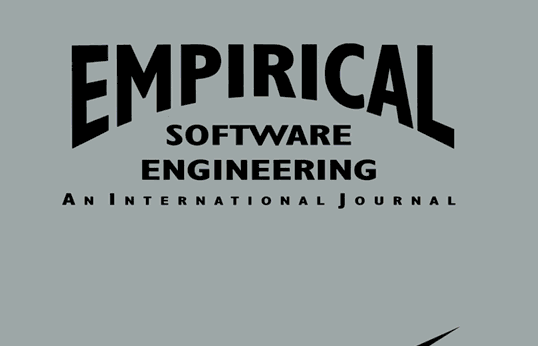News
-
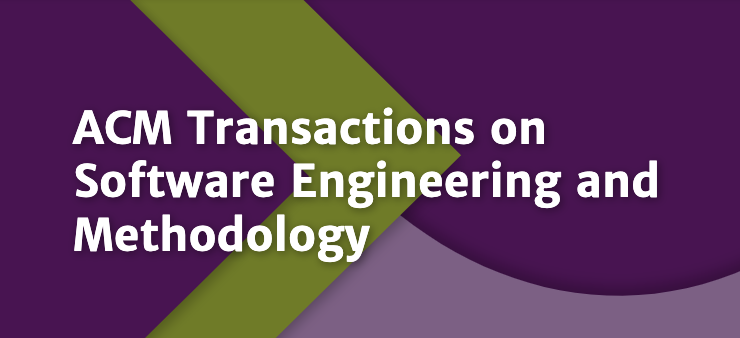
Upon receiving a new issue report, practitioners start by investigating the defect type, the potential ixing efort needed to resolve the defect and the change impact. Moreover, issue reports contain valuable information, such as, the title, description and severity, and researchers leverage the topics of issue reports as a collective metric portraying similar characteristics of a defect. Nonetheless, none of the existing studies leverage the defect topic, i.e., a semantic cluster of defects of the same nature, such as Performance, GUI and Database, to estimate the change impact that represents the amount of change needed in terms of code churn and the number of iles changed. To this end, in this paper, we conduct an empirical study on 298,548 issue reports belonging to three large-scale open-source systems, i.e., Mozilla, Apache and Eclipse, to estimate the change impact in terms of code churn or the number of iles changed while leveraging the topics of issue reports. First, we adopt the Embedded Topic Model (ETM), a state-of-the-art topic modelling algorithm, to identify the topics. Second, we investigate the feasibility of predicting the change impact using the identiied topics and other information extracted from the issue reports by building eight prediction models that classify issue reports requiring small or large change impact along two dimensions, i.e., the code churn size and the number of iles changed. Our results suggest that XGBoost is the best-performing algorithm for predicting the change impact, with an AUC of 0.84, 0.76, and 0.73 for the code churn and 0.82, 0.71 and 0.73 for the number of iles changed metric for Mozilla, Apache, and Eclipse, respectively. Our results also demonstrate that the topics of issue reports improve the recall of the prediction model by up to 45%.
Read the full paper here

-
Presenting the Three Minute Thesis Competition: where research meets concise communication!
March 2023
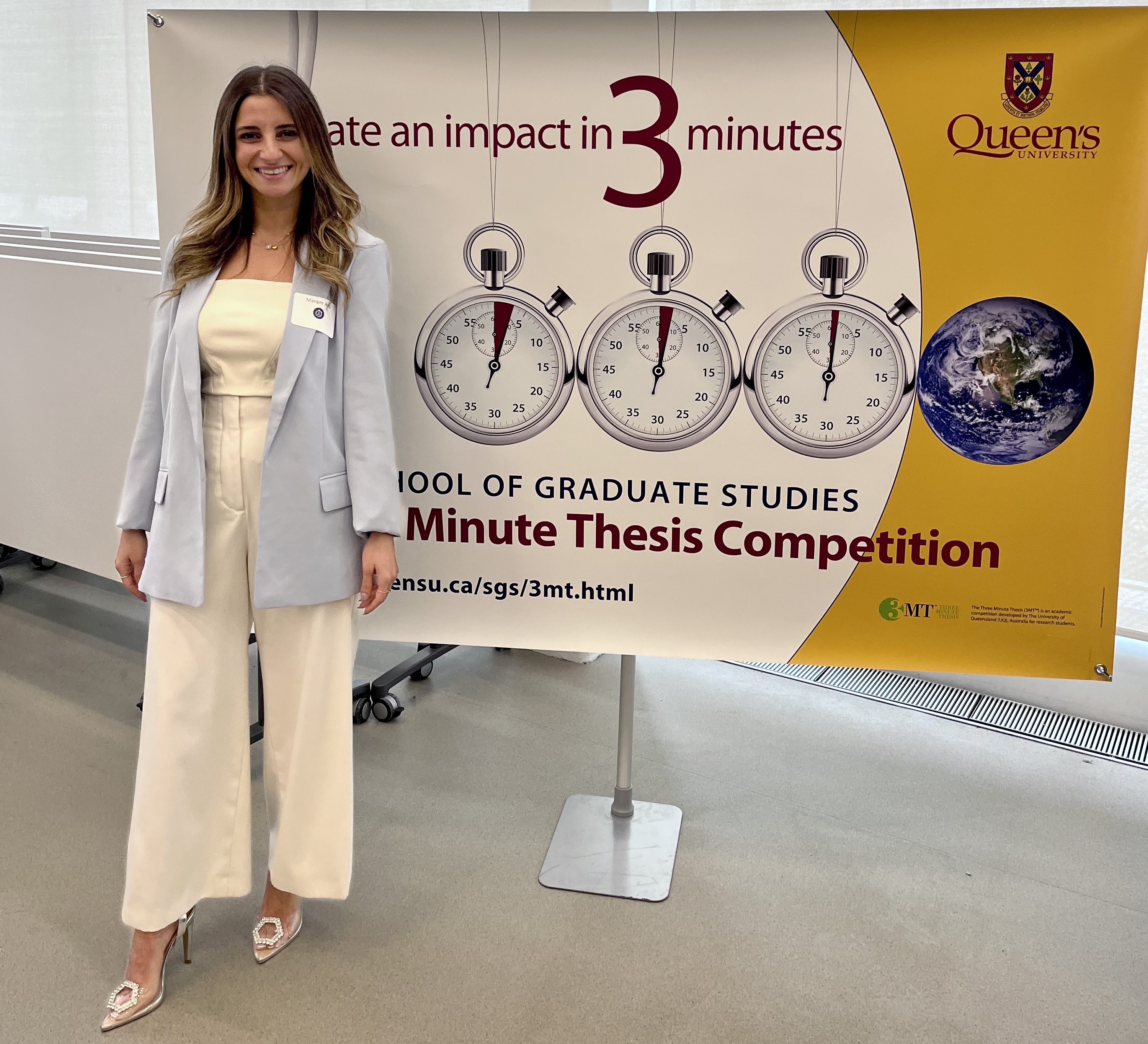
3MT, what an incredible platform to showcase my research and engage with a diverse audience! I thoroughly enjoyed the challenge of conveying the complex concepts of my research in a concise manner to a non-expert audience while maintaining the essence of my work. This experience was unique! It pushed me to refine my communication skills and find creative ways to make my research accessible to a wider audience.
Watch my presentation in the final competition here.
About Three Minute Thesis (3MT) Competition: The Three Minute Thesis competition challenges researchers to present their research in a clear, concise, and engaging manner, encapsulating years of work in just three minutes to a non expert audience. It serves as a platform to showcase the importance and impact of academic research while honing participants' communication skills.

-
Women. Life. Freedom. Technology at the the ACM Canadian Celebration of Women in Computing.
October 2022
CAN-CWiC is the premiere Canadian computing conference for Women in Technology. This year, 650 attendees, i.e., faculty members, Ph.D., MSc and undergraduate students from all across Canada, gathered in Toronto to network, learn, share and mentor women in computing.
Being surrounded by hundreds of young and professional achieved women in the tech field felt so empowering. Once on stage, I embraced the "butterflies" in my stomach and opened my talk by raising the voice advocating for women's rights around the world. I ended my speech with a piece of advice to the students: "Be comfortable with imperfections". Why imperfection? Read more about my journey of breaking free from the voice of perfection here.
-
Grateful to the School of Computing for guiding and pushing me to contribute more to my community.
June 2022
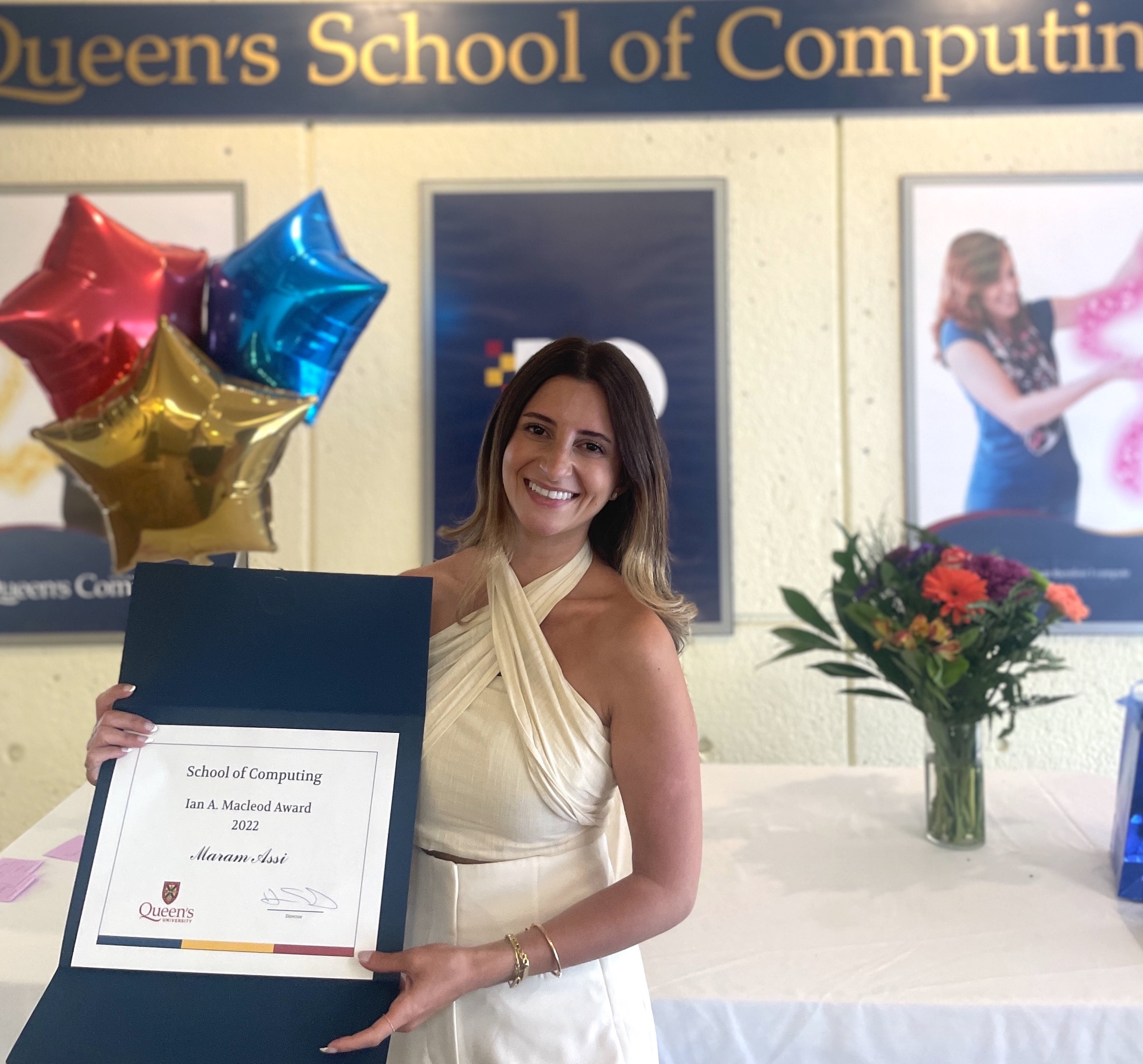
I appreciate so much the teams I am fortunate to work with and the amazing leadership we have at the School of Computing! A couple of shoutouts I'd like to give to:
Prof. Hossam Hassanein, for the exemplary leadership
Prof. Mohammad Zulkernine, for the great mentorship
Debby Robertson (the Queens of the school), for the genuine and compassionate dedication to our department
About Ian A. Macleod Award
Established by friends, colleagues and students in memory of Professor Ian A. Macleod, who was a member of the Department of Computing and Information Science (currently School of Computing), from its inception in 1969 until 1995.
To commemorate his belief in the importance of a strong departmental spirit, the award is granted in the fall to the graduate student who made the greatest contribution to the intellectual and social spirit of the School of Computing during the preceding academic year.
-
So excited to have been selected to be part of the MSR 2022 Shadow Program Committee members!
February 2022

I am excited to be selected among 50 other international researchers to serve on the MSR program committee to get first-hand experience and be trained by the leaders in the Software Engineering field. To know more about the MSR PC Shadow program, check the MSR webpage

-
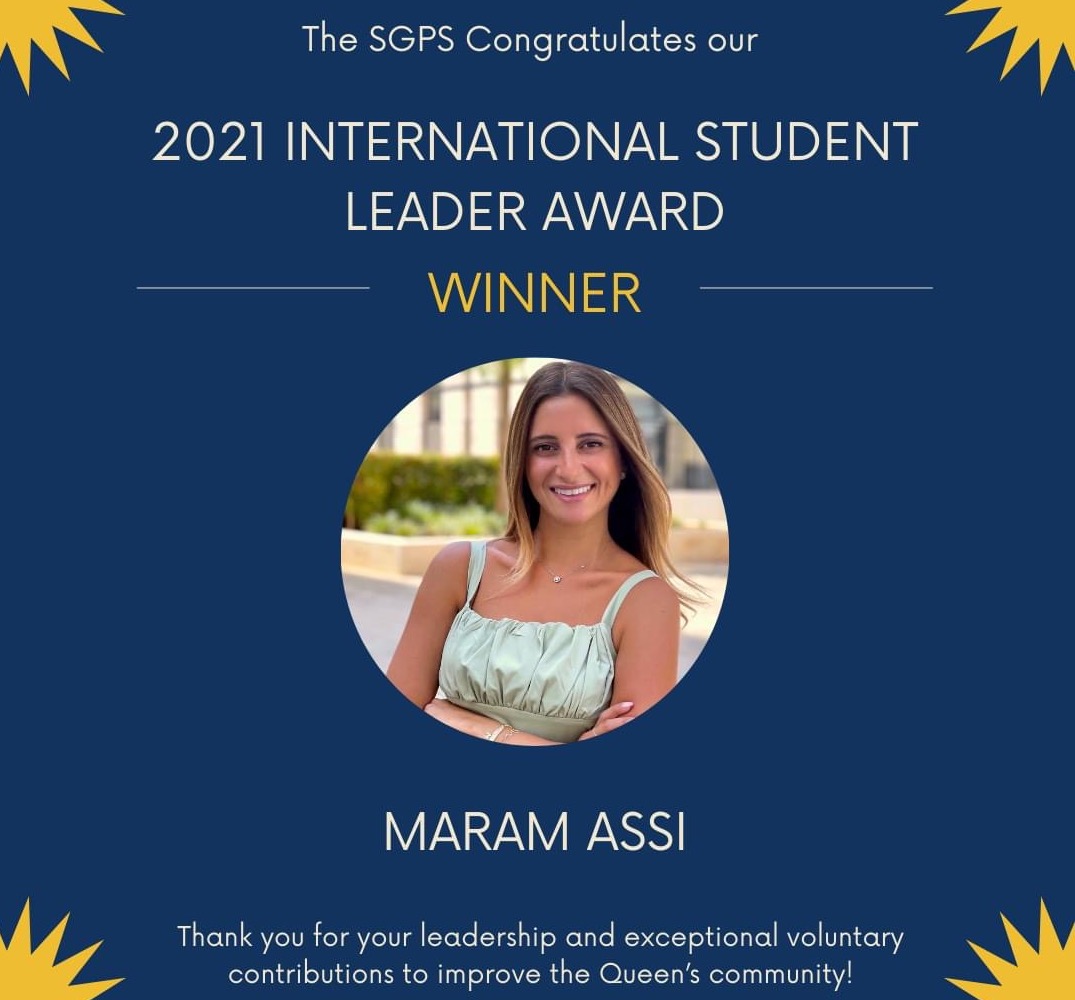
To know more about this award, please refer to the SGPS award web page.

-

-
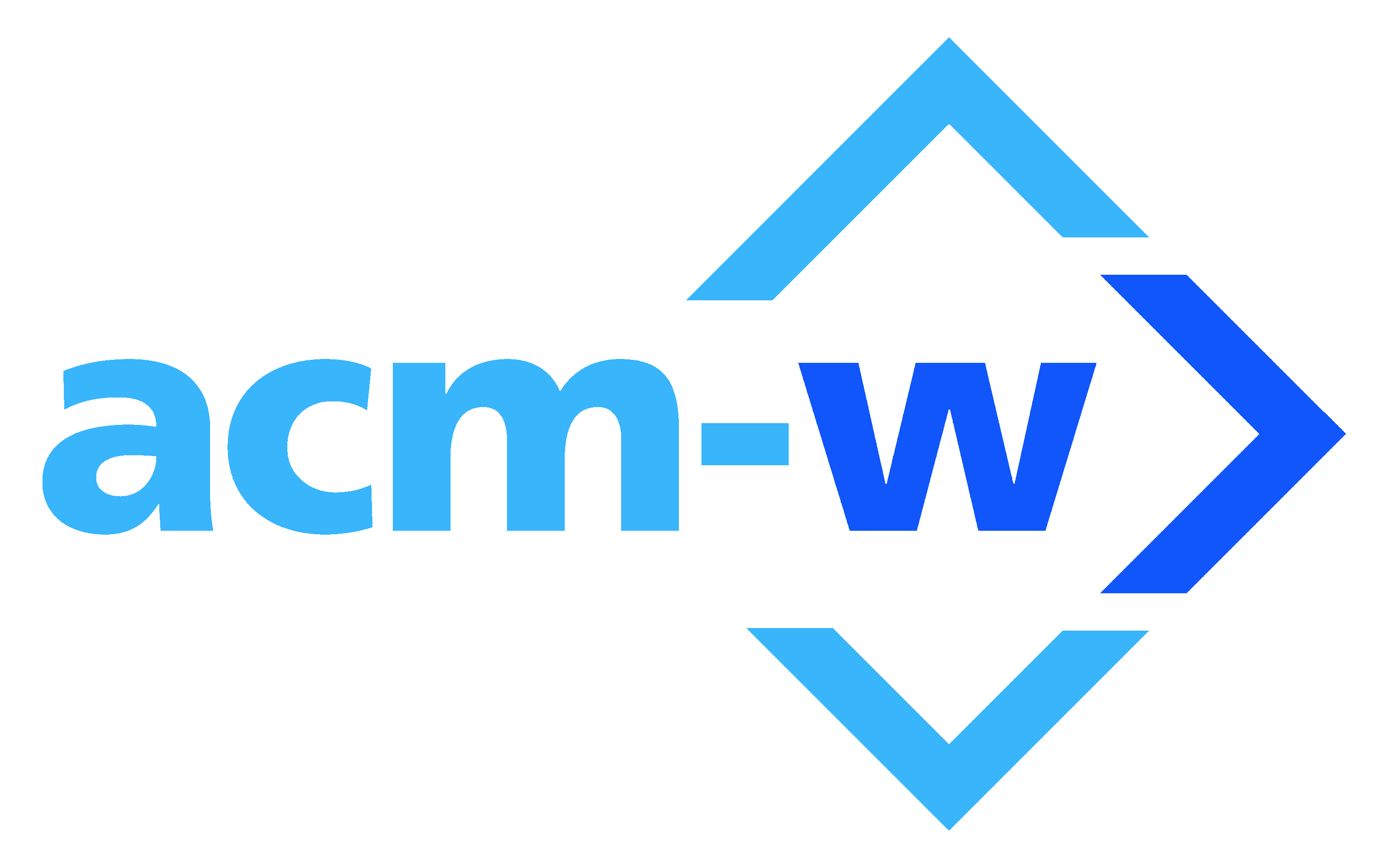
To know more about CAN CWIC conference, check this website

-

I am extremely appreciative of the recognition I have received for my work from the Government of Canada. I am grateful to Queen's School of Computing (SoC) for the support. Read SoC article to know more about my research.
To know more about the Prestigious Vanier Canada Graduate Scholarship check the official webpage.


